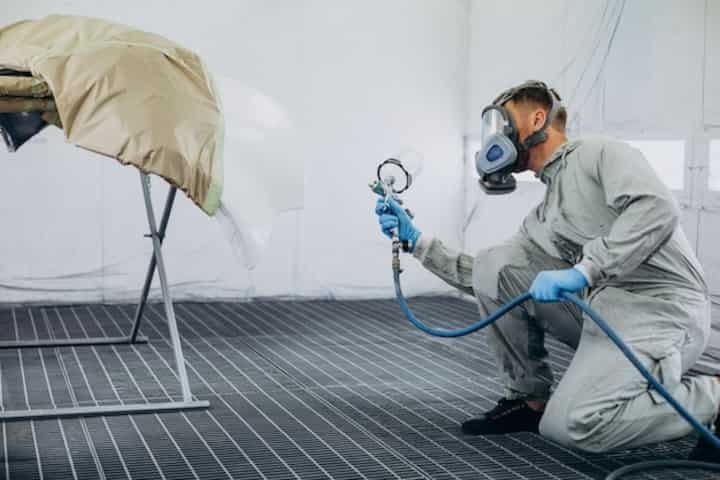
Expert Foundation Underpinning Services in Spring
Foundation underpinning is a critical aspect of structural maintenance, especially in areas like Spring, where soil conditions can vary significantly. This process involves strengthening and stabilizing the foundation of a building, ensuring its durability and safety. Whether it's due to soil erosion, natural disasters, or age-related wear, underpinning provides a solution that reinforces the integrity of a structure. Understanding the nuances of foundation underpinning services in Spring is essential for property owners and construction professionals alike.
Understanding Foundation Underpinning
Foundation underpinning is a method used to increase the depth of an existing foundation or to repair faulty foundations. It is often employed when the original foundation is no longer strong or stable enough to support the building. This could be due to several factors, such as:
- Changes in the soil supporting the foundation.
- Natural disasters like earthquakes or floods.
- Poor initial construction or design.
- Increased load requirements from building modifications.
For those interested in the technical aspects of this process, read more about this topic.
Signs That Indicate the Need for Underpinning
Identifying the need for foundation underpinning early can prevent further damage and costly repairs. Here are some key signs that may indicate a need for underpinning services:
- Cracks in walls, floors, or foundations.
- Doors and windows that do not close properly.
- Uneven or sloping floors.
- Gaps around window frames or exterior doors.
Each of these symptoms could signal foundation issues. Learn more in this detailed guide about identifying foundation problems.
Methods of Foundation Underpinning
There are several methods used in foundation underpinning, each suitable for different situations and types of properties. The choice of method depends on the specific requirements of the building and the underlying issues affecting the foundation. Common underpinning techniques include:
Mass Concrete Underpinning
This traditional method involves excavating sections below the foundation and filling them with concrete. It is a simple and cost-effective solution that is widely used for its reliability.
Beam and Base Method
This method involves constructing a reinforced concrete beam below, alongside, or above the existing footing, distributing the load to the new base. It is ideal for situations where space is limited or the building layout is complex.
Mini-Piled Underpinning
Mini-piles are used when the loads from the foundation need to be transferred to deeper, more stable strata. This technique is particularly useful in areas with variable soil conditions or where access is restricted.
Each method has its advantages and is chosen based on the specific challenges of the site. Explore further insights here to understand which underpinning method might be best suited for a particular project.
Benefits of Professional Underpinning Services
Engaging professional underpinning services offers several benefits, ensuring that the foundation is secure and the building remains safe and functional. Some of these benefits include:
- Increased structural stability and safety.
- Extended lifespan of the building.
- Prevention of further damage and costly repairs.
- Peace of mind knowing that the structure is safe for occupants.
Professional services employ experienced engineers and builders who use advanced techniques and equipment, ensuring high-quality results. Find additional information here about the benefits of professional underpinning services.
Conclusion
Foundation underpinning is an essential service for maintaining the integrity and safety of buildings, especially in regions like Spring where soil and environmental conditions can pose challenges. By understanding the signs of foundation issues, choosing the appropriate underpinning method, and engaging professional services, property owners can safeguard their investments and ensure the longevity of their structures. For more detailed information and guidance, explore further insights here.